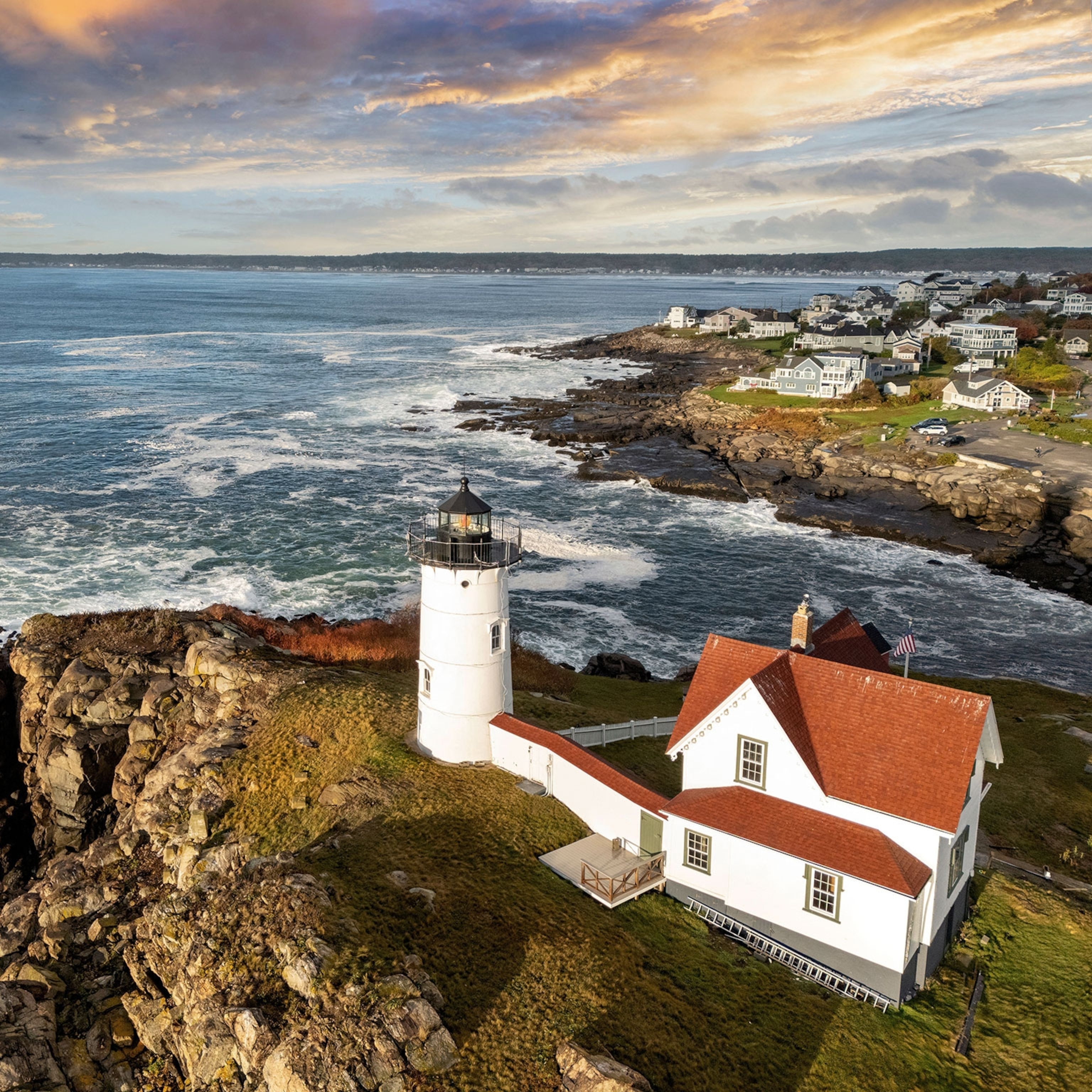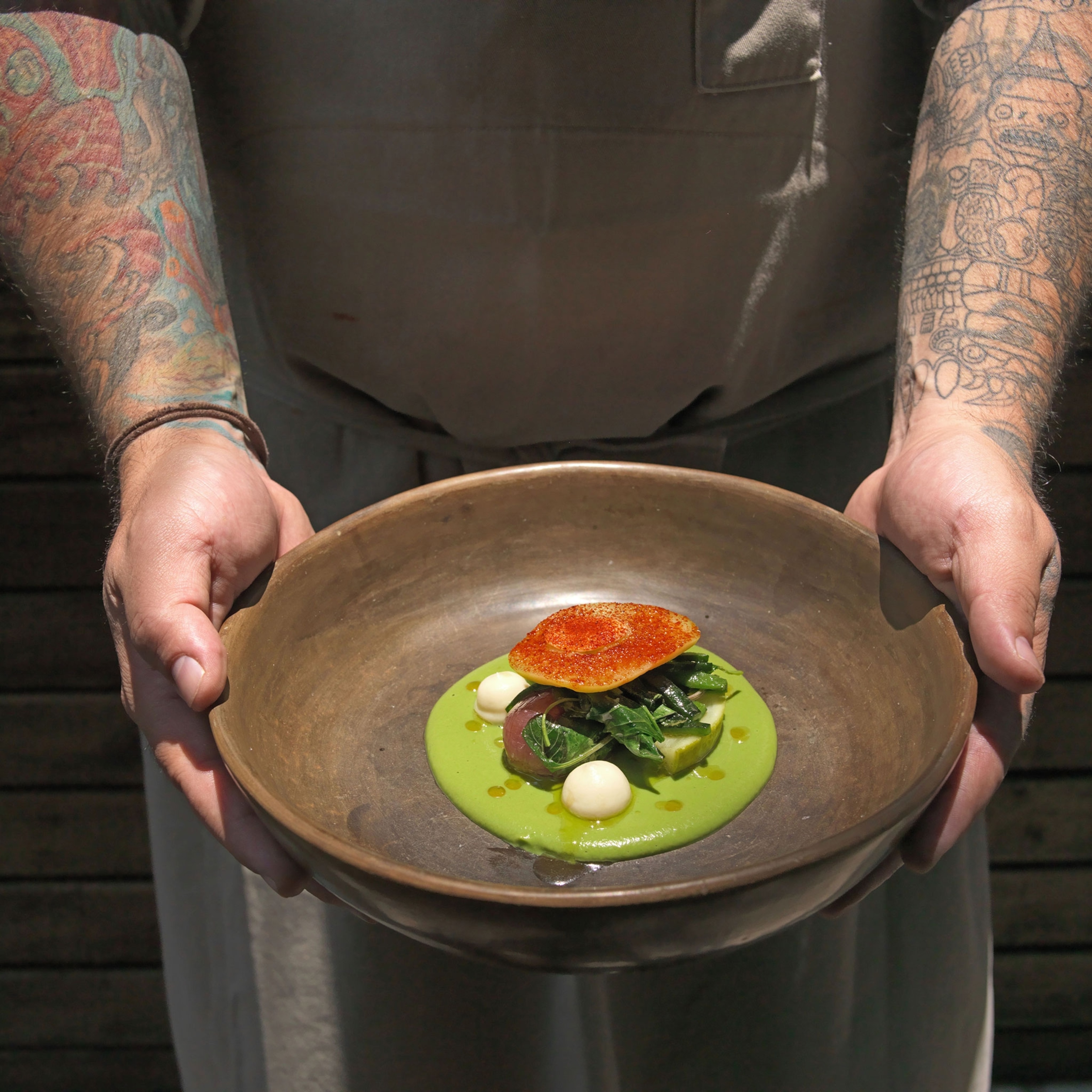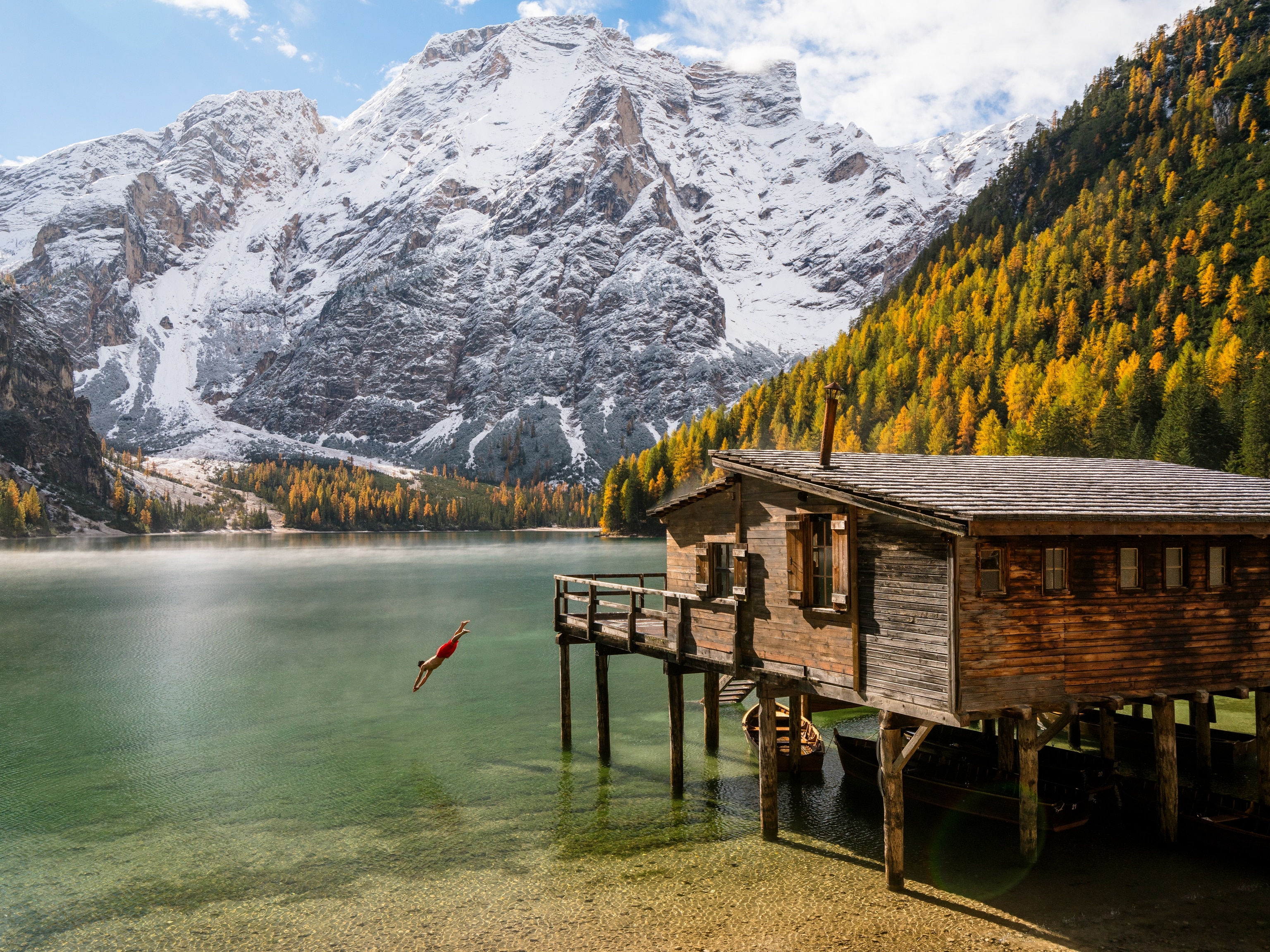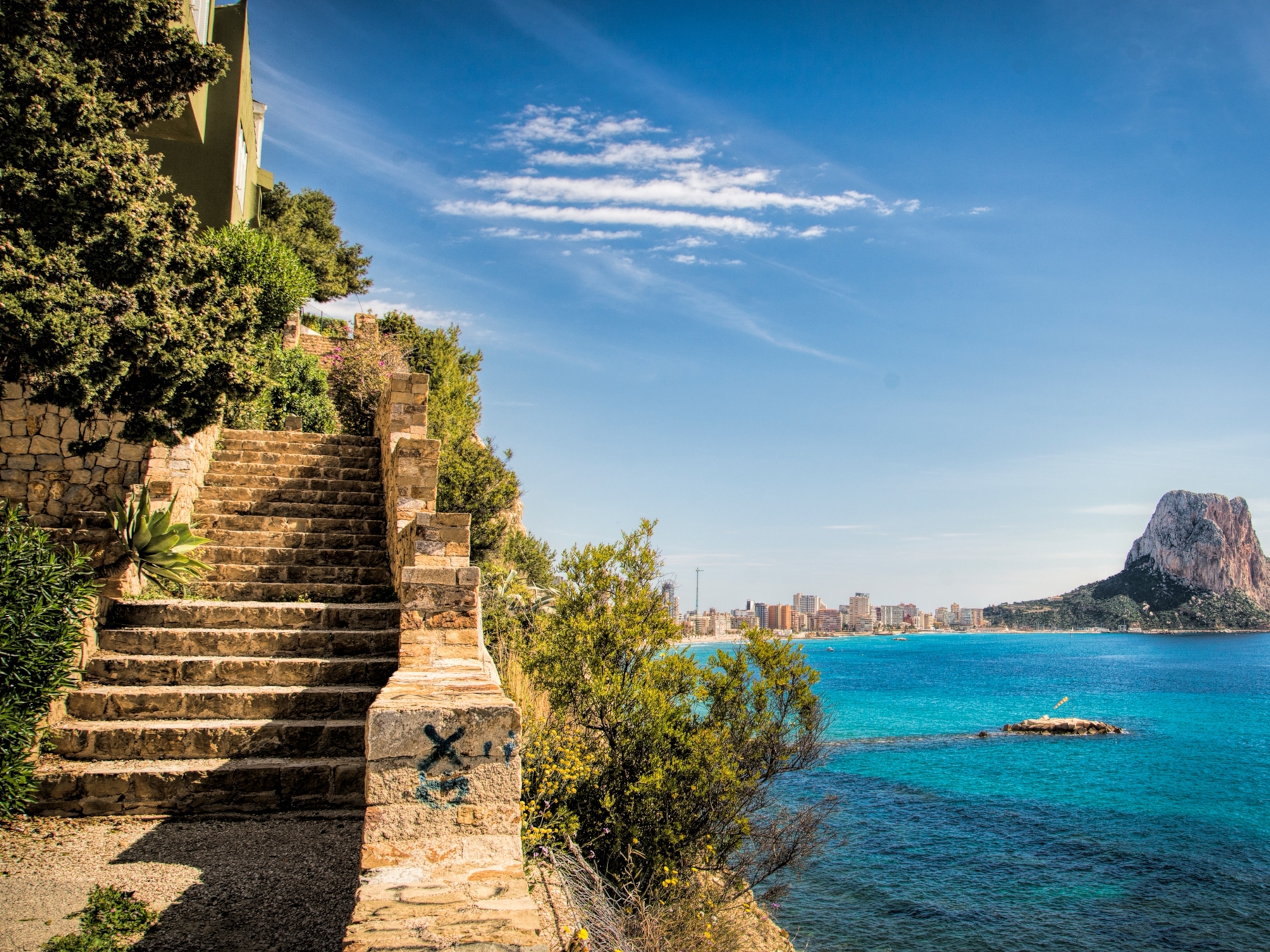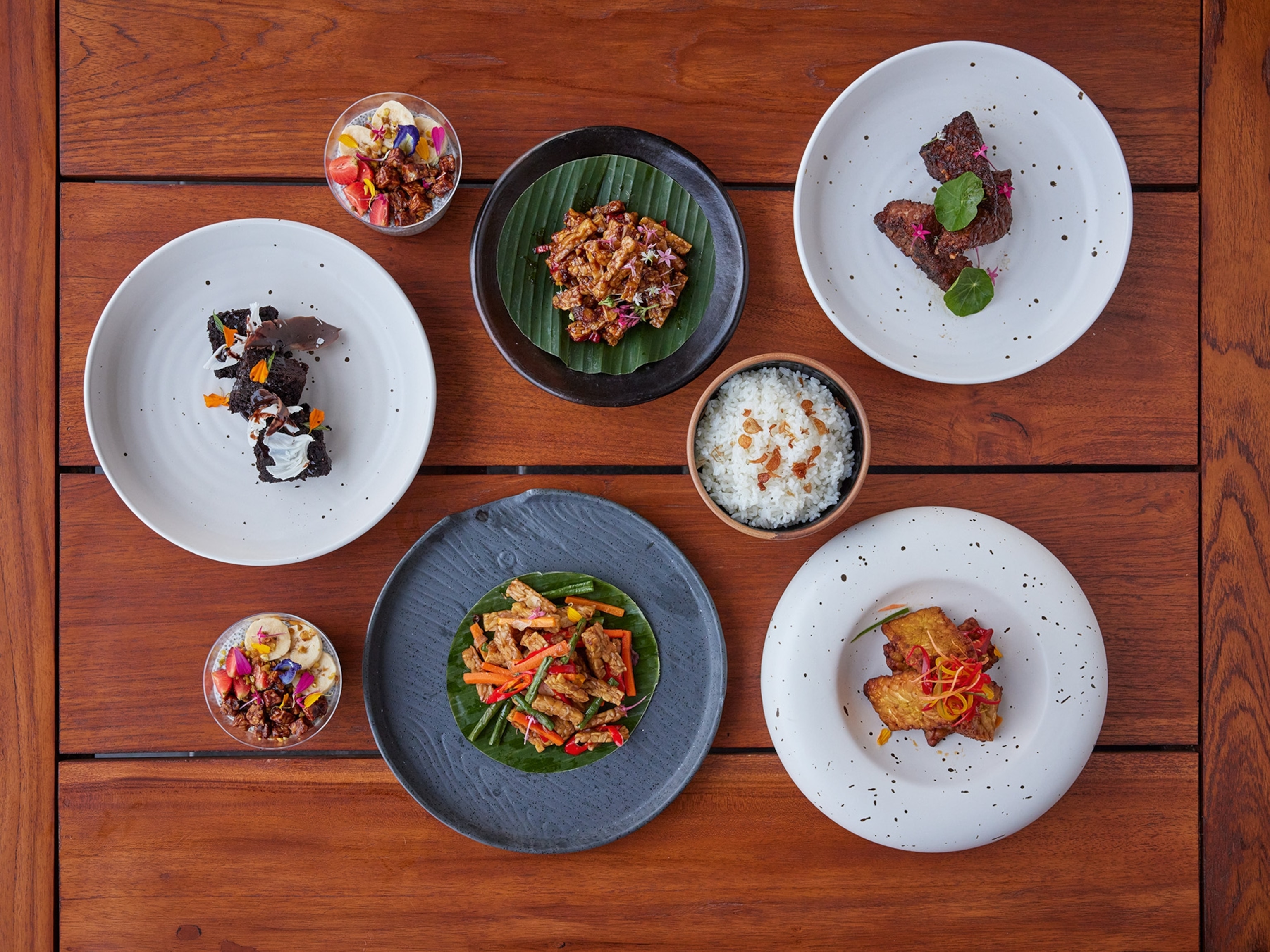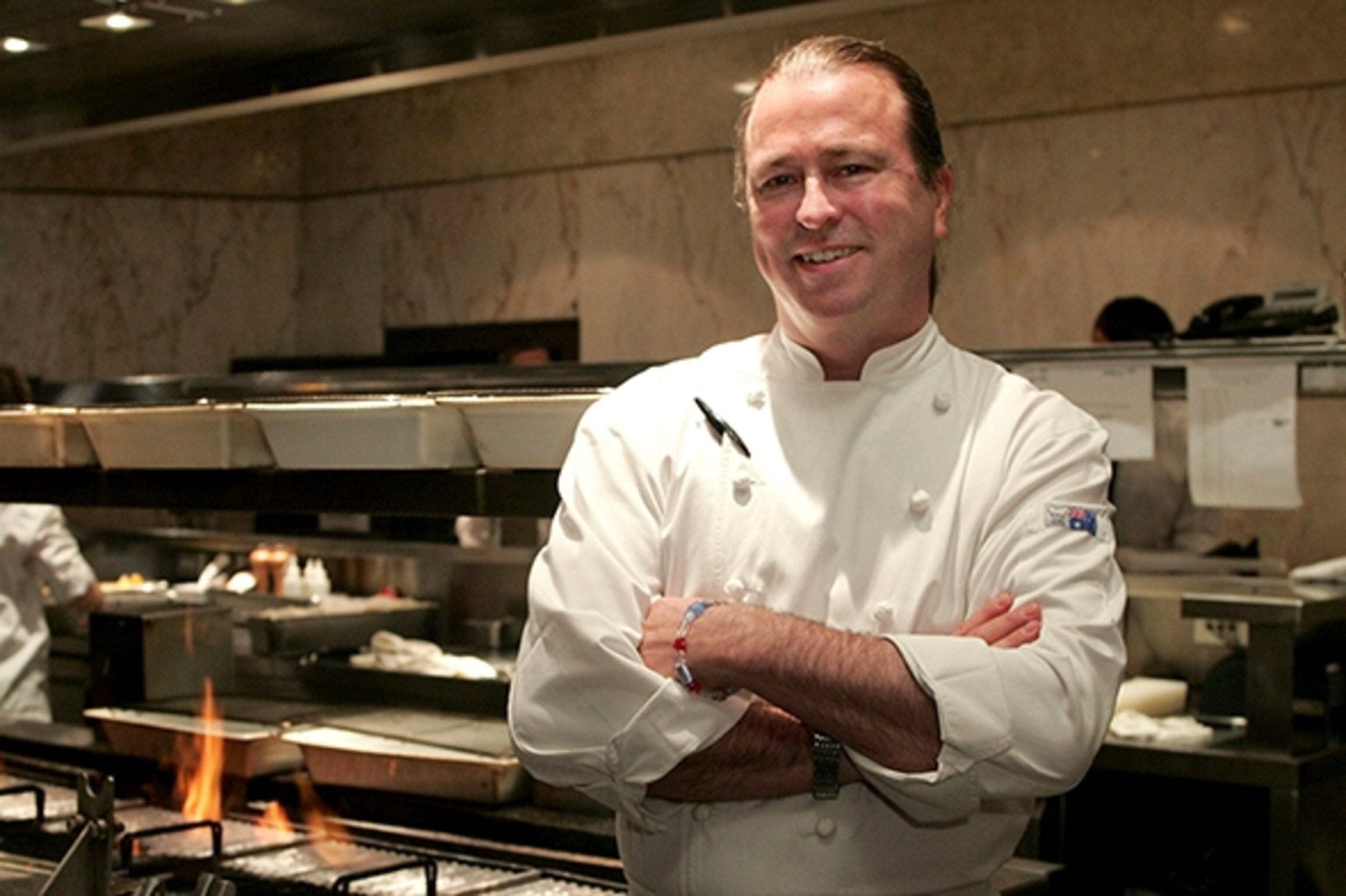
Travel Lens: Neil Perry’s World
Neil Perry is culinary royalty in his native Australia, and for good reason.
The seasoned chef has put together an eclectic restaurant empire that includes fine-dining masterstroke Rockpool, up-market steakhouses, Italian ristorante Rosetta, modern Chinese powerhouse Spice Temple, and fast-food burger joints with “slow food values.”
Though Perry cut his teeth as a chef in his native Sydney and started building his reputation as a restaurateur there, he has since made a favorable and flavorful impression on both Melbourne and Perth.
As a consultant for Qantas, Australia’s oldest and largest airline, Perry has brought in-flight dining to new heights with on-craft cooking (say goodbye to pre-fab mush), fresh, seasonal ingredients, and inventive menus fit for High Street establishments in the world’s most sophisticated cities.
Here’s a look at the world through Neil Perry’s unique lens—and appetite:
Leslie Trew Magraw: You were born in Sydney, and still live there. When friends come to visit, where do you take them for a meal—besides your own restaurants?
Neil Perry: Well, that’d be hard, because I’ve got the best (laughs).
Being so close to Asia, Sydney has an incredible Chinatown and Koreatown. There’s even a little Thai Town springing up now. I’d definitely take them to Golden Century, or to Madang for some Korean barbecue.
If they were looking for finer dining, more like [my flagship restaurant] Rockpool, I think the chefs doing a great job in Sydney are Peter Gilmore—who just opened another terrific restaurant in the Sydney Opera House called Bennelong—at Quay and Ross Lusted, who’s cooking great food at the Bridge Room.
There’s also a new generation of young cooks with great training [who are] opening up restaurants in parts of town where they can afford the rent. They’re making their own bread and butter and doing all the things we do in fine dining, but on a simpler, more relaxed level. Mat Lindsay, who used to work for me years ago and recently started his own place, Ester, is a great example of this.
If you weren’t living in Sydney, where would you most want to move and why?
I think I would really like to move to Tokyo. It’s the best food city in the world. You almost can’t have a bad meal. You have a $10 bowl of ramen in a train station and it will blow your mind.
Japanese culture emphasizes the idea of striving continuously to make whatever you’re doing better than it was the day before.
It’s extraordinary to see chefs who work their whole lives to ensure that when they’re 80 they’re making sushi, soba, kaiseki, or whatever it might be better than they ever have.
You’re an avid traveler. What’s the most memorable dining experience you’ve had away from home?
I’ve had many, but one of the most incredible meals I’ve ever had was at a restaurant run by [Michelin] three-star chef Alain Senderens in the seventh arrondissement of Paris. That was back in 1984, when I first traveled to France as a young chef.
I had the lobster-and-mango salad with duck confit and this lovely milk-fed lamb—because we were there in May—that was served with these beautiful roasted vegetables in this tiny bit of juice and oil from the pan.
It was incredible because there were no secondary sources involved whatsoever; it was really about the main ingredients. It made me realize that you could cook great food and rely on vegetables and coulis and sauces made from the meat and bones of the products you were using.
When I got back to Australia I thought, “Well, I just ate some of the most brilliant French food in France—How appropriate is that?” But then I’m thinking, “Why am I cooking French provincial food in Sydney?”
That’s when I first started to think about integrating what I loved about food—Chinese, Thai, Italian—[into my repertoire] while still keeping to the French style that had been my training. It all goes back to that meal.
What do you love most about traveling?
I think you open yourself up to something [when you travel]. You’re kind of ready for wonderment, so you get it.
In addition to your restaurants in Sydney, you have Rockpool Bar & Grill, Rosetta Ristorante, and Spice Temple in Melbourne. What’s to love about that city, and what made you want to extend your empire there, 9 hours southwest of where you live?

The Yarra Valley and all these beautiful wine regions are so close to the city, the produce is fantastic, and there’s a great hospitality culture. So all of the raw ingredients were there.
Melbourne is very different than Sydney, more embracing. While Sydney’s a bit flashier and glitzier, Melbourne’s got this amazing soul.
What’s the biggest misconception about Australia?
I think people that haven’t been to Australia don’t think it’s as sophisticated as it is.
We’re very much a First-World nation with really clever people. We’ve got fantastic designers, artists, architects. And, not only do we produce brilliant food and wine, we understand the art of dining.
[That being said], people tend to have a fairly low expectation of our [culinary scene]. So when they get here, they’re really blown away.
Name a few of your favorite places to visit in Australia.
Australia’s full of amazing natural wonders.
Take the wine regions, for instance. You can go down to Margaret River in WA [Western Australia] and you’ve got beach and surfers on one side of the road and on the other side you’ve got vineyards and these amazing 1,000-year-old kauri forests.
If you go to the Adelaide Hills, about a 20-minute drive from Adelaide, you’ve got the most beautiful wine region for Chardonnay and Pinot, really beautiful old houses, and great little restaurants. The culture is fantastic. And, again, an hour outside of Melbourne, you’ve got the Yarra.
Of course, it’s really hard not to want to go somewhere like Hayman Island or Hamilton Island or Lizard Island and dive the Great Barrier Reef. I mean, it’s one of the seven natural wonders of the world. Or to the Ningaloo Reef, near Perth, where you can dive with whale sharks.
Then you have incredible places like the Kimberley and Uluru, and, just down the road from there, the Olgas.
There’s just no end of brilliant things to see and do.
What do you like most about your job?
The fact that it’s [a] lifestyle [profession]. When you’re a chef, you’re living it 24 hours a day. You’re either working or you’re eating or you’re thinking about eating. In one way you never switch off, but in another way it’s the best thing in the world never to switch off from.
To become a chef and a restaurateur you have to be a nurturer and you have to give, and I think that puts you in a very good place in the world.
Has your role evolved?
I started front-of-house and then at 25, I started cooking professionally, though I’ve cooked my whole life. These days, I’m still a chef, but mainly a restaurateur. To use a sporting analogy, I’ve gone from being a player to being the coach, and now I’m kind of the manager.
These days, my main focus is really on making sure my staff understands the culture and philosophy of my restaurants and [that they’re] coming with me on the journey—which they do, brilliantly. It’s also on creating new experiences, like my new Burger Project, which is a lot of fun.
Do you enjoy being a “celebrity chef”?
The reality is amusing to us, really. We realize that we’re just cooks and it’s quite crazy how people think about us. But one of the great things about the celebrity that comes with that is that people will pay $1,000 to come and have dinner at a fundraising event.
Another perk is that we’re able to mount an incredible push for benevolence. We’re able to talk about sustainability and correct farming methodology and shout out against genetically modified products and the inhumane treatment of animals.
There are a lot of chefs in Australia and around the world who are working hard to make sure we don’t overfish and do things that were done irresponsibly in the past. Sometimes it’s been through ignorance, but we’ve got a responsibility to talk about it, really, ad nauseum.
Airline food isn’t exactly postcard material. What are you doing to change that at Qantas, where you’ve been a consultant for nearly two decades?
People will talk about food on airplanes if it’s done really well. And I think we do it the best because we’re using the same philosophy I use in my restaurants every day.
When Qantas approached me, I started by telling the airline that it was in the hospitality business, not the travel business. I said: “If you’re going to employ me, I have to do the menu top to bottom. I’m not going to do a dish of the day for you; I’m going to design the whole thing. You’ve got to talk to me about what supplies we’re using in each city around the world and we’ve got to train the staff to be able to put it together.”
People who travel in First and Business class are used to the best hotels and restaurants. Most importantly, they’re used to being in control of their own destiny. So that’s what we’ve focused on—making sure passengers have great choice and great freshness and are being served with good style from the crew.
So when you jump on a Qantas flight from L.A. to Melbourne, you’re getting a food experience that is really commensurate with a quality High Street restaurant [in either city]. That’s been a big change to where it was when [Rockpool Consulting] took over, and we’re pretty excited about what we’ve been able to achieve.
What’s your favorite food, fresh or prepared, that seems to only exist in Australia?
Oh, god. You’ve probably heard this from a lot of Australians, but it’s Vegemite.
I love it on crusty sourdough bread with fantastic fresh butter, just lashing it with Vegemite. It really is just an incredibly delicious thing to eat and nowhere else in the whole world seems to get it. So, yeah, I think that’s the one thing that I really miss.
What’s the strangest thing you’ve ever eaten?
I think it was probably with a mate of mine, David Thompson, up in Chiang Mai, Thailand, eating cicadas and rice paddy cockroaches. The cicadas were crunchy, so I didn’t mind them so much, but the cockroaches were gooey in the middle. It was a bit gaggy.
Do you get a chance to travel with your family often? What’s the most memorable trip you’ve taken together?
Lately we’ve had two traditions.
We love skiing, and for the last five years, we’ve gone to Aspen. There are a few good restaurants there and, because it’s a town, they’ve got great shops. So I buy food and cook a lot. We really enjoy it there.
The other great family trip that we really adore is going to South Africa. My kids love the big game there and so do I.
- National Geographic Expeditions
As I say to every person I meet, you have to put South Africa on your bucket list. It’s just such a great privilege to be so near all these amazing creatures—lions and leopards and cheetahs and elephants and rhinos and giraffes and antelopes and hippopotamuses—in their own environments.
Is there a foodie draw for you there?
Nearly everywhere in the world that I go is about restaurants and markets and those sorts of things.
South Africa’s not really like that for me.
Sure, the wine’s great and the lodges always have terrific chefs cooking great meals. But when I’m sitting out in the bush watching my girls watch baboons chasing each other up trees and a lioness playing with her cubs, it takes me to a place of tranquility and relaxation that I’ll probably never get to anywhere else in my life.
I’ve been there three times, and every time I go, the day I leave, I can’t wait to come back.
In your opinion, what’s the world’s most underrated destination?
I would have to say San Sebastián in the Basque region of Spain. I know people talk about it, but I don’t think they talk about it nearly as much as they should.
First of all, it’s a beautiful little [coastal] town. And the seafood there, I promise you, is the most amazing in the world. It’s just extraordinary the stuff that comes out of the sea there. Unbelievable.
From the simple pintxo bars in the old town to avant-garde places like Mugaritz and Arzak, [San Sebastián] rivals Tokyo as the world’s premier food destination.
There’s another restaurant just outside of San Sebastián in a town called Atxondo called Etxebarri. I’ve eaten there about five times and have always had the most mind-blowing food.
Everything is cooked over charcoal. Victor [Arguinzoniz, the chef and grill master] actually goes out and picks the wood that’s fallen from various trees in the winter, dries it, creates charcoal in the kiln, and then cooks different products over different woods to create these extraordinary flavors.
You always seem to be trying out something new. What’s on the horizon?
Most chefs sort of stick to one genre; a French chef will do a bistro and a brasserie and a fine-dining restaurant.
I can’t imagine [limiting myself in that way]. I don’t know whether I’ve got split-personality [disorder], but I definitely think in Eastern and Western terms.
I really love Japanese and Korean food, so I’m really keen to do a Japanese-Korean bar in the not-too-distant future. That will be my next little experiment in life.
This interview has been condensed and edited for clarity.
Leslie Trew Magraw is editor/producer for the Intelligent Travel blog network at National Geographic. Follow her on Twitter and Instagram @leslietrew.
> You might also be interested in:
- Travel Lens: Anthony Bourdain’s World
- Travel Lens: Yotam Ottolenghi’s World
- Learn more about the Qantas experience
